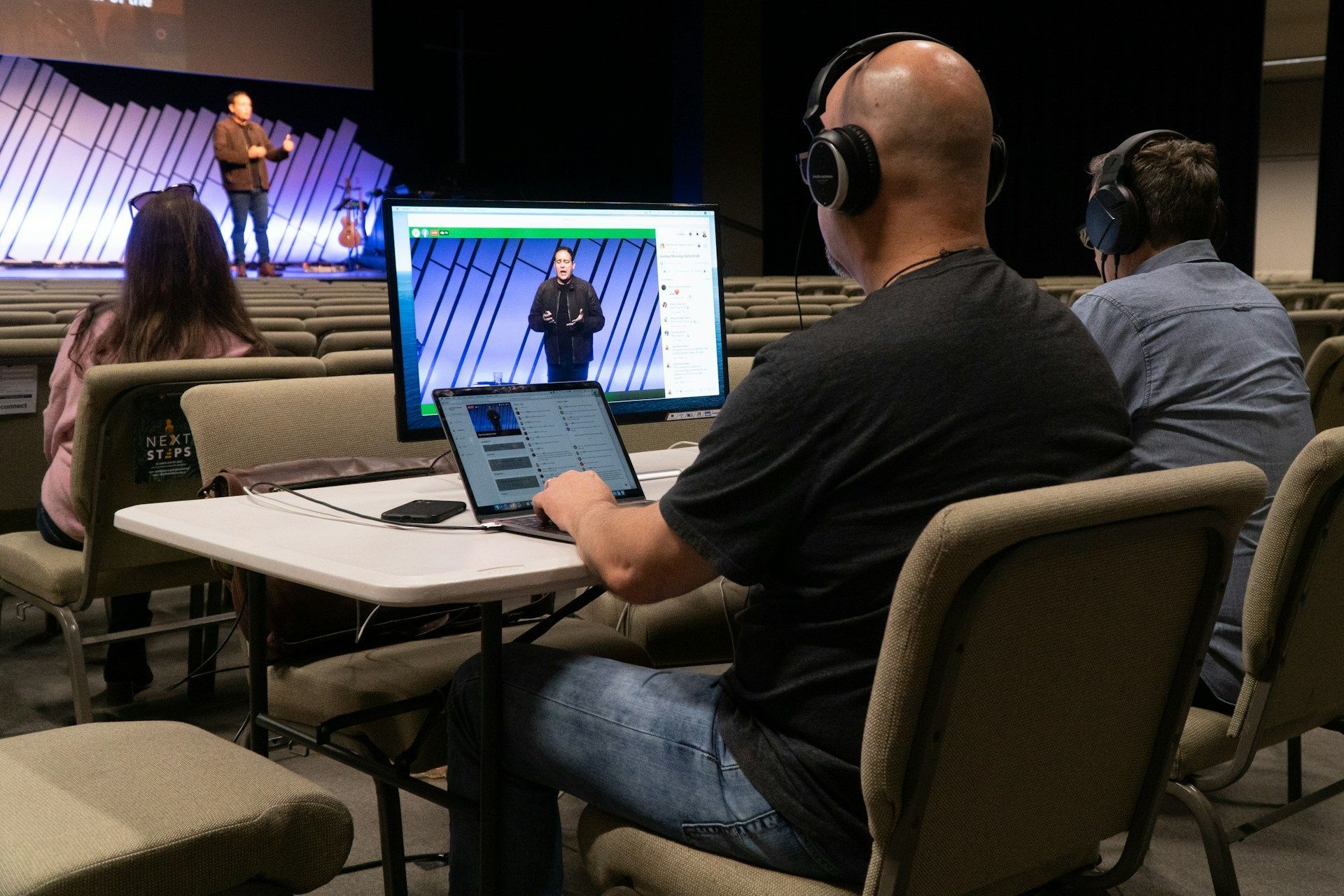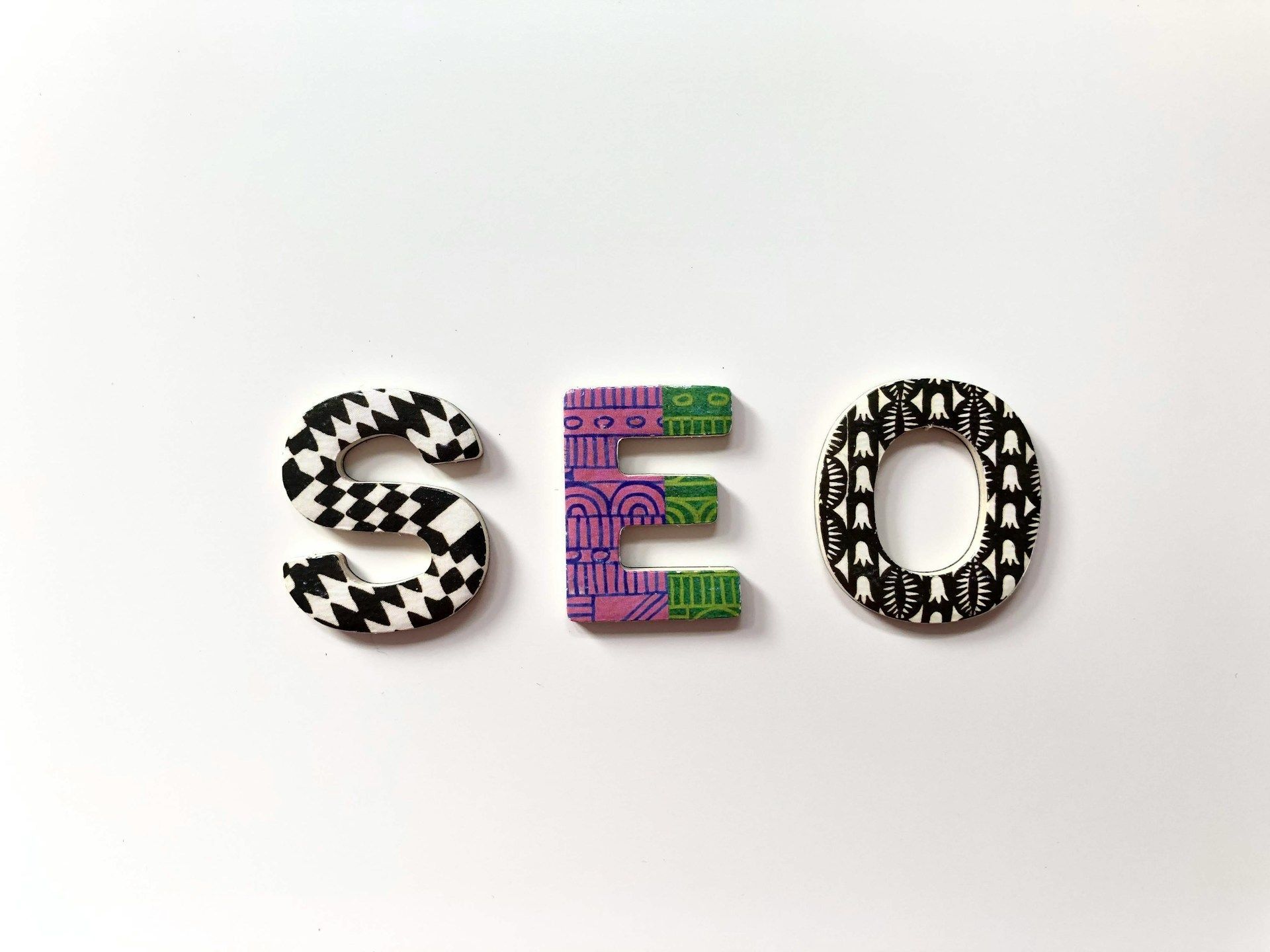How to Resolve Landing Page Issues Affecting Church Google Ad Performance
Getting approved for the Google Ad Grant is a big step forward for church outreach, but just launching ads isn’t enough. If people land on a slow page, one that loads strangely on their phones or doesn’t tell them why they should stay, they’ll likely leave in just a few seconds. That means all that effort and free ad budget might be going to waste.
Having a solid landing page gives people a place to actually connect with what your church is doing. Whether you’re promoting a local event, a service opportunity, or helping new folks find your church, your landing page has a job to do. When it’s built right, it leads people to take the next step, whether that’s showing up for a service, signing up to volunteer, or reaching out for support. The team at Faithworks Marketing knows that strong landing pages help churches make the most of their Google Ad Grant and reach more people with less stress.
Common Landing Page Issues That Hurt Google Ad Grant Results
A few simple issues can quietly damage the performance of your ads. Even when your campaign is well-targeted, landing page problems can cause people to click away before they ever get to know what your church is about. Here are a few common trouble spots to look for:
- Slow load times: If your page takes more than a few seconds to load, people might not even wait it out. Large image files, too many scripts, or a poorly built backend are often to blame.
- Hard-to-use mobile layout: Since many users are on phones or tablets, your page has to work well on smaller screens. Buttons should be easy to click, and content should not require pinching or zooming to read.
- No clear message: If someone clicks on your ad and lands on a page that feels confusing or off topic, they’ll likely click away. Your headline, image, and call to action all need to match what the ad promised.
Here’s a quick test: Imagine clicking an ad that says “Join us for Sunday Worship at 10 AM” but then the page feels cluttered with old event info, vague language, or a long loading spinner. That visitor might leave and never come back. Consistency and focus are key to keeping them engaged.
If your campaign is getting clicks but not much action afterward, these kinds of landing page issues are likely part of the problem. Fixing them can help people stay on your page longer and take real steps to connect with your church.
How to Measure Your Landing Page’s Performance
Once you suspect your landing page might be hurting your results, the next step is to take a closer look at what’s really happening. You don’t need to be a marketing expert to do this. There are a few tools and tips that will give you a clearer picture.
Start with the basics:
- Bounce rate: This shows how many visitors leave your page without clicking, watching, or doing anything. A very high bounce rate could mean your message isn’t clear or the page loads too slowly.
- Time on page: Are users sticking around or leaving within seconds? This can help you spot if the content is working or falling flat.
- Conversion tracking: Setting up goals like button clicks or form submissions helps you see which pages actually lead to action.
You can use a tool like Google Analytics to track these numbers. If you’re using Google Ads, link the two platforms to get even deeper insights on what happens after someone clicks an ad funded by the Google Ad Grant.
It also helps to take the page for a spin yourself. Open it on your phone and try to see it through fresh eyes. Ask someone who hasn’t seen it before to walk through the page and tell you what stands out or what’s confusing. That outside perspective often reveals problems you might be blind to.
Regular reviews like this will help you know what’s working, what needs to change, and how to get better results moving forward. With just a little tracking, it becomes a lot easier to fine-tune your page and keep your Google Ad Grant campaigns productive.
Strategies to Fix Landing Page Issues
Fixing a landing page doesn’t require a full website overhaul, but it does mean tuning up the parts that help people take action. If your church's ad is getting clicks but those clicks aren't leading anywhere, the page might be getting in the way. A few small improvements can make a big difference.
Here are some simple ways to get your page back on track:
1. Speed up the page
- Compress images before uploading. Even large, high-resolution images can be shrunk without losing quality.
- Limit the number of plugins running. Too many background features slow everything down.
- Use clean code and update your hosting plan if your load times are consistently long.
2. Make mobile top priority
- Check button sizes and text placement. Everything should be tappable without zooming.
- Stack content vertically. On phones, side-by-side layouts can look awkward or get crunched down.
- Avoid popups or tiny menus that are hard to close or navigate.
3. Tighten your message
- Match your ad headline with the page's headline. Consistency keeps visitors feeling like they landed in the right place.
- Lead with value. What do you want the visitor to know or do in the first few seconds?
- Use a single, clear call to action. Things like “Join Our Sunday Service” or “Sign Up to Volunteer” should be easy to find and click.
The goal of the page isn't to tell people everything about your church. It's to build interest and spark action. One clear message beats a crowded page full of ideas that don’t fit the visitor’s reason for clicking. For example, if someone clicks an ad about a youth retreat, they probably don’t need to scroll through your church's entire history to sign up. Keep it focused and inviting.
Keeping Landing Pages Updated With Regular Checks
Once your page is performing better, don’t assume the job’s over. Things change all the time. Events end, layouts break, trends shift, and people notice. What worked six months ago might not feel helpful anymore.
Set a reminder to check each landing page at least once a month. During that check:
- Test how the page looks on both desktop and mobile.
- Click through every button or form to make sure it still works.
- Check if the content is outdated or no longer fits the ad you're running.
It also helps to spot-test for loading time and bounce rates a few times a year. If the numbers start slipping, that’s usually a nudge that something on the page needs to be updated or simplified again.
If you're running a seasonal outreach or event-based campaign, make sure to update your landing page the moment the event passes. It’s easy to overlook, but nothing turns someone off faster than a form for a retreat that happened months ago.
Always build with the visitor in mind. Ask yourself: Is this page helpful, fast, easy to look at, and ready for someone new to feel welcome?
Better Landing Pages, Stronger Community Connections
Fixing landing page issues isn't just about getting better ad results. It's about making real connections with people who are searching for something meaningful. When the visit from a Google Ad Grant ad ends with a great experience, there's a much better chance they'll show up in person, join in, or reach out to learn more.
It takes time and some behind-the-scenes effort to get a landing page working the way it should, but the reward is worth it. A better user experience leads to more engagement, clearer communication, and a stronger link between your ads and the community you’re trying to serve.
We understand how hard it can be to build a page that checks all those boxes while also managing everything else that matters to your church. That’s why Faithworks Marketing helps churches improve landing pages and get the most out of the Google Ad Grant program.
Make sure your church benefits from every click by addressing landing page issues effectively. If you're looking to dive deeper into how to improve your outreach strategy, our guide to the
Google Ad Grant for churches can help you take the next step. Faithworks Marketing is here to help your church reach its full potential and maximize its outreach efforts.












